Snipping With Scissors
The Folk Art of Scherenschnitte

Remember when you were a child and cut bits and pieces from a piece of folded paper to create snowflakes for Christmas or hearts for Valentine’s Day? Maybe you’ve shared the fun of the scissors craft as a rainy day pastime with your own children or grandchildren, having no idea it was a simplest form of a recognized folk art, Scherenschnitte (rhymes with shear ‘n snip).
The indisputable home-of-origin for Scherenschnitte in the USA is Lancaster County, PA, and in the early 1980’s, the one place anyone was likely to discover that folk art. Brought to this country by immigrants seeking religious freedom and who settled on those fertile lands in the 17th and 18th centuries, Scherenschnitte had mostly been an exclusive tradition of the Pennsylvania Dutch, the Amish.
One of the small towns there, Paradise, is where my father grew up and, therefore, part of my personal heritage. Time, distance and circumstance left me with barely remembered visits as a young child. Moving there in 1980 with our toddler children for my husband’s medical residency was met with eager anticipation, to discover and get to know about where my roots began, to make new memories with my family.

Lancaster County was still something of an idyllic rural wonderland in the early 1980’s, just beginning to become the schmaltzy, touristy sprawl found today. The pace of life was subdued compared to the rest of the world, and one learned to drive with the patience required to follow Amish buggies for miles at a time. We shopped for fresh eggs and cheeses, honey, jams and preserves at a tiny little Amish store tucked well away from the more bustling areas. The trip took us down lanes surrounded by flourishing crops, fields being plowed by bearded Amishmen and tow-headed lads; farm houses with turquoise blue doors and laundry flapping on clotheslines – colorful quilts, black pants and shirts, bright pink, purple and blue skirts.
I was captivated by the culture of the Old Order Amish and Mennonites, a way of living that has kept one foot in the late 19th century while striving to thrive in the 20th century. Those early settlers were a practical and plain people who developed a distinctive art style of colorful decorative motifs. My fascination eventually settled on the one craft I wanted to try for myself – Scherenschnitte.
It appeared to be a little more complicated than those snowflakes and valentines from childhood, but worth a try. There were no folk art classes teaching this art of papercutting, so I was on my own. Just paper and scissors . . . how hard could it be to cut fanciful designs from a piece of folded paper?
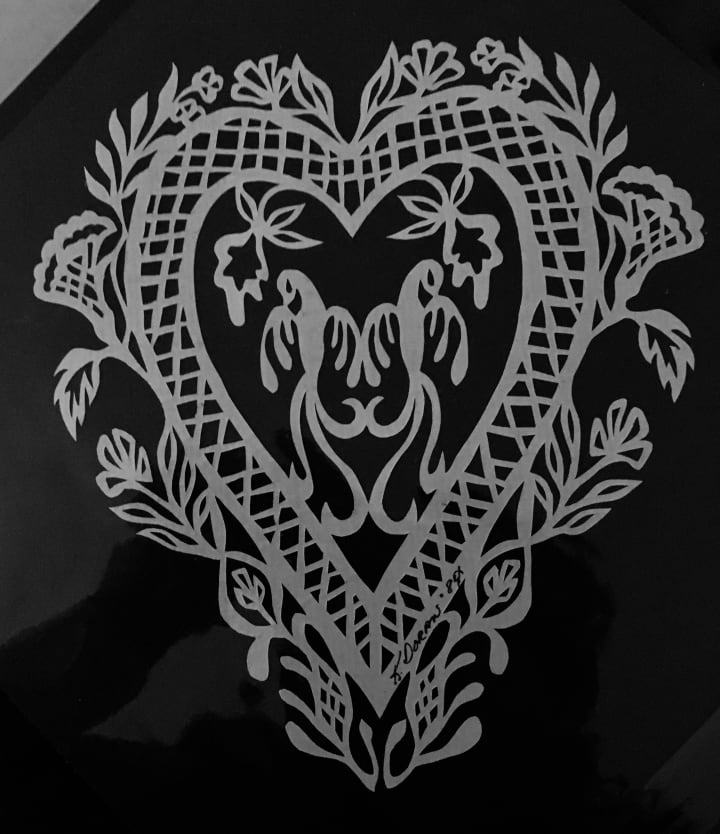
Getting the hang of it was more difficult than I imagined. My first tools were seriously basic: a pair of curved-blades cuticle scissors and a sheet of typing paper. And so, I began snipping and cutting, turning the folded paper this way and that. While I experimented, discovered techniques, learned to visualize in the negative, I also learned more about the craft, as well.
Many of the earliest examples of Scherenschnitte are cuttings into the fly leaf pages of Amish hymnals, school awards, notes of friendship and as embellishments to frakturs (decorated documents) for birth and marriage certificates. Often called “whimsies,” they are examples of children’s rainy day activities cut from old letters, newspapers or tissue paper. Housewives cut decorative designs along the exposed edges of kitchen shelf papers; hand-cut paper runners decorated dining tables and candlesticks or oil lamps rested on doilies.
The foundations of traditional designs of Pennsylvania Dutch folk art – hex signs, quilt patterns and Scherenschnitte - come from the attachment the people have to the land and farming. The patterns that emerge from those folded paper creations are expressions of praise for nature and the Almighty. Each symbol is meant to be a blessing for life and living:
Circle Eternity or Infinity
Distelfink (bird) Good Luck and Happiness
Dove Peace and Contentment
Eagle Good Health, Strength and Courage
Heart Love and Kindness
Raindrops Abundance, Fertility, Rain
Tulip Faith
Shamrock Trinity of Faith, Hope and Charity
Wavy Border Smooth Sailing Through Life
Papercutting is truly international, a recognized and respected folk and fine art medium in many cultures around the world.
Kiri-e – This ancient art of 1400 years comes from the Japanese characters for “cut” (kiri) and “picture” (e). Brought to Japan from China, it was first used as gifts to temples and home decorations, it has been declared to be a living national treasure by the Emperor. The kiri-e master artists create stunningly complicated works using a origami-texture paper and scalpel-sharp cutting knives.
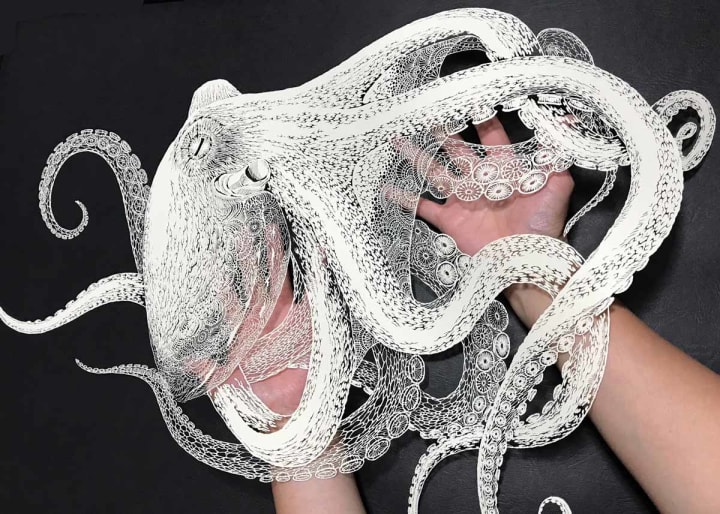
Papierknipkunst (Knipwerk) – The oldest example of Dutch cutting in the Netherlands dates from 1589, a cut out family coat of arms. Paper cutting is often a community activity, a “circle” of members who meet several times a year to cut and inspire each other. Contemporary cuttings may be done with scissors or knives, creating complex contemporary works.

Papel picado – is a Mexican craft traditional for party and festival decorations. Made from delicate thin tissue paper, as many as 24 layers, stacked within a heavier paper, then the cuttings are made from a template, using a hammer and varying sized chisels.

Wycinanki - pronounced Vee-chee-non-kee is the Polish word for ‘paper-cut design,’ a Polish folkart that dates back at least 150 years. The exact origins for this Polish folk art are uncertain, but legend says that few peasant farm homes had glass windows. Designs cut into the sheep skins hung over the window openings were both functional, letting some light in, and decorative. While some examples are single image designs, many are brilliant with layers of color, most often depicting nature or religious scenes.
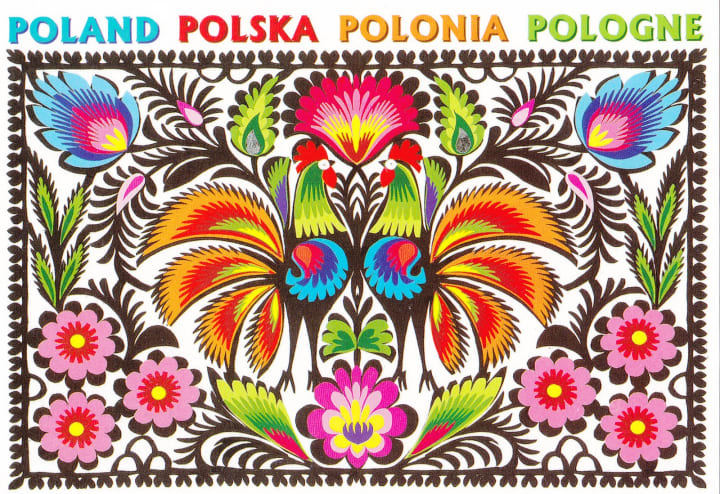
The revival of interest in Scherenschnitte, the discovery of the versatility of creating a thing of beauty from such simple materials as paper and scissors, has, in the hands of someone with an artist’s eyes, evolved from the simplest folk art designs into ever more complex and contemporary works of art.

As a rule, very sharp, finely pointed scissors, such as surgical scissors, are best. (I discovered those curved blades of cuticle scissors weren’t all that versatile.) Origami paper is ideal for weight and texture, is less likely to tear as it is maneuvered for intricate folded paper cutting. Craft stores will often have packets of Scherenschnitte paper, as well, that is black on one side, white on the other which allows drawing a specific design. A precision craft knife and a cutting mat might be preferred for cutting a scene. A keen eye, a steady hand applied with care and patience, are as important as the tools.

Designs may be created from one’s own imagination or adapted from other sources, always remembering that the finished piece of art will be in silhouette – an outline with fine details cut out. Always cut the design from the center to the outer edge, cutting away center-most details while maintaining stability by having a firm grasp of a larger area of paper. Cut away the small details from the center by carefully poking the layers of paper with the sharp tips of the scissors, then completely closing the scissor blades with each snip. Once all the inner detail has been cut away, the outside edge of the piece is cut in one continuous line that removes the excess paper from the design.

Carefully open a folded paper cutting to reveal the inside finished piece. The reverse side of a flat, sketched scene becomes the finished piece, leaving the drawn lines on the backside. Mount your work of art on a background of a contrasting color – a piece of picture matting or heavy colored paper – by dabbing white glue on the reverse side and carefully laying it on the background surface.
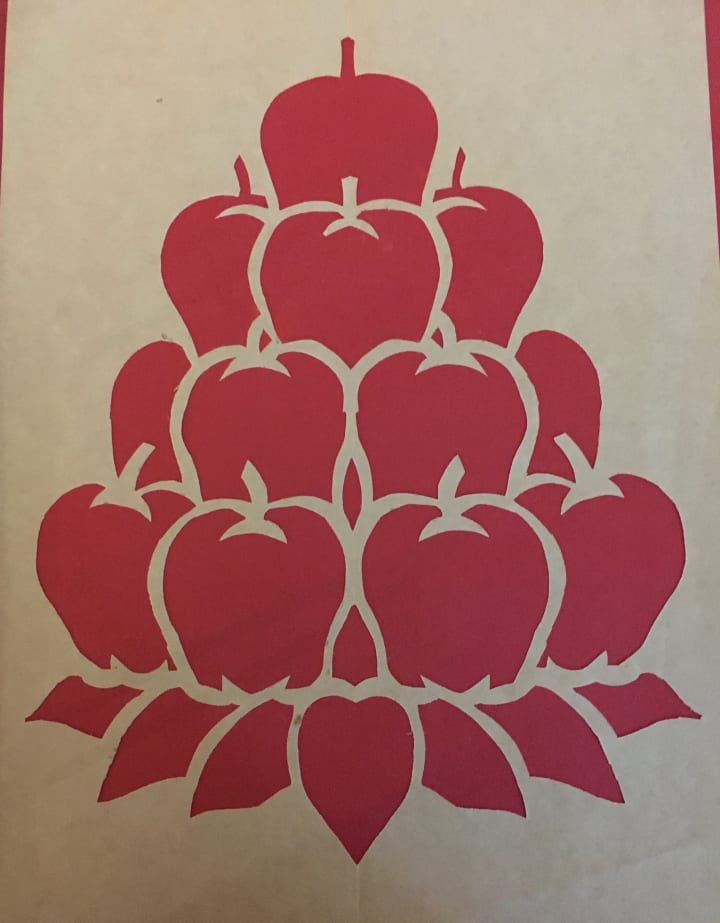
Everyone who tries their hand at Scherenschnitte should, at least once and for the fun of it, try a free-form, no design cutting. Fold the paper in half, then in half again, and once more down the center for a pie wedged shape. Experiment with cutting geometric shapes from the center portion, or imagine cutting away the details of a flower or heart, always remembering the finished piece should be one single piece of paper. It may be a bit primitive, but Scherenschnitte, nonetheless.
Some of the finest examples of early Scherenschnitte may be seen at the Pennsylvania Farm Museum of Landis Valley, Lancaster, PA; the William Penn Memorial Museum, Harrisburg, PA; the Philadelphia Museum of Art, Philadelphia, PA.
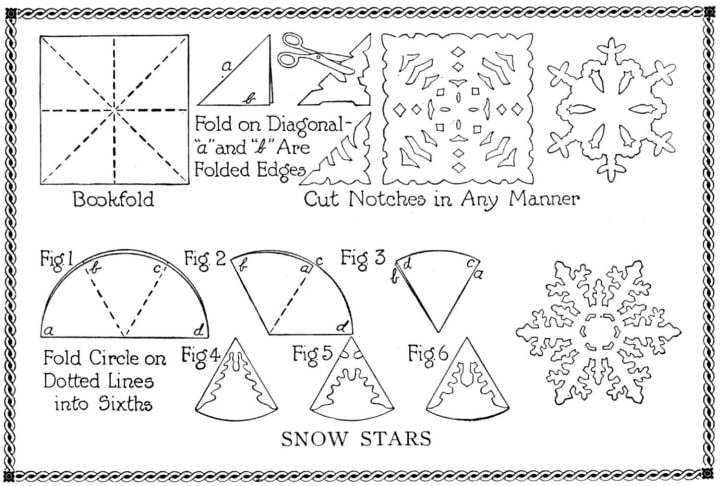
About the Creator
Katy Doran-McNamara
Writing was always my plan, but having passed 3/4 of a century of living, things have gotten really real. If I don't do more than dip my toes in the water, I'll run out of life & time. I am ready, with some trepidation, to make the dive!






Comments
There are no comments for this story
Be the first to respond and start the conversation.